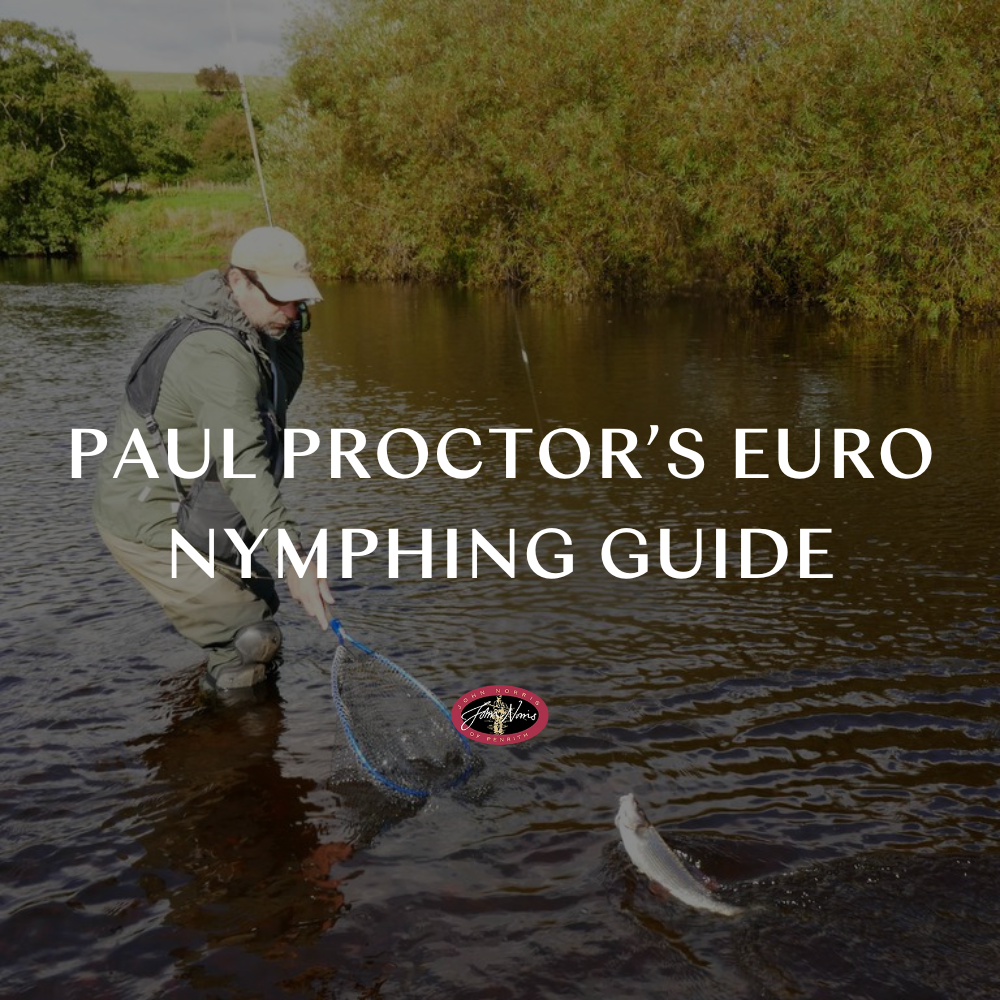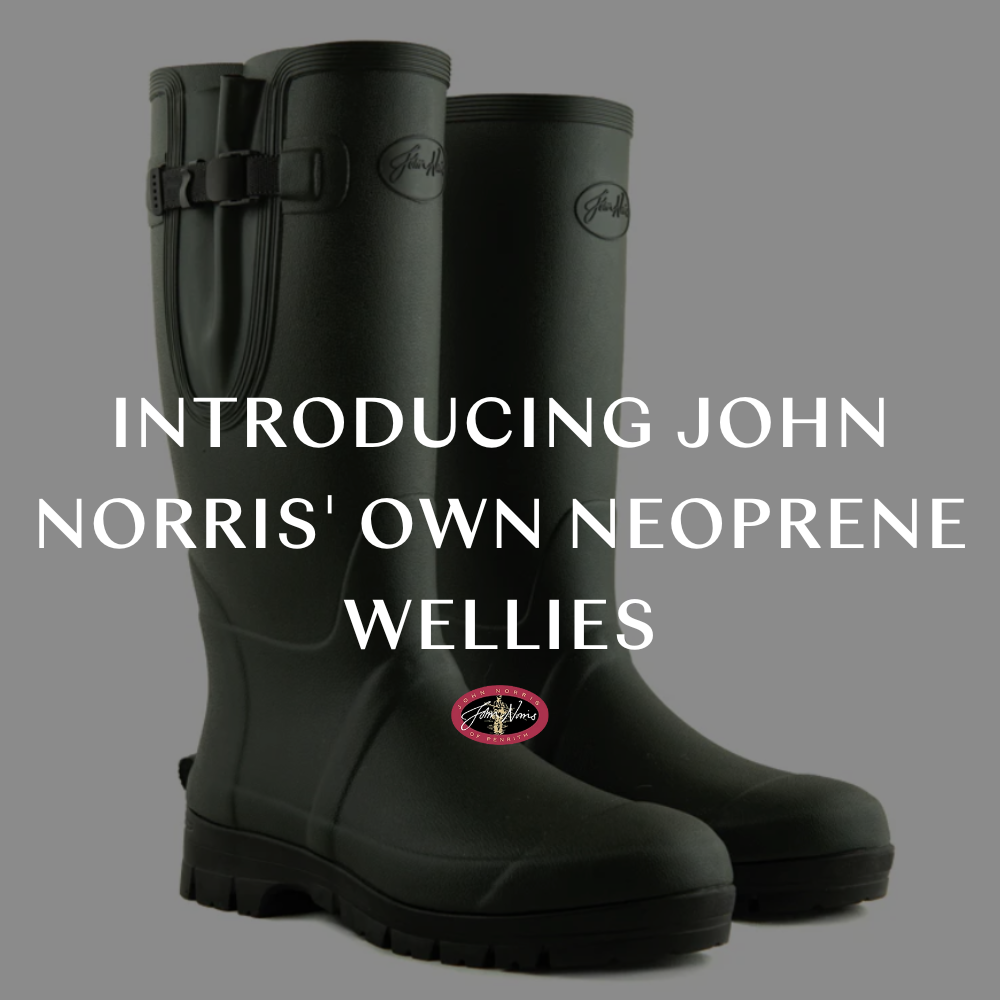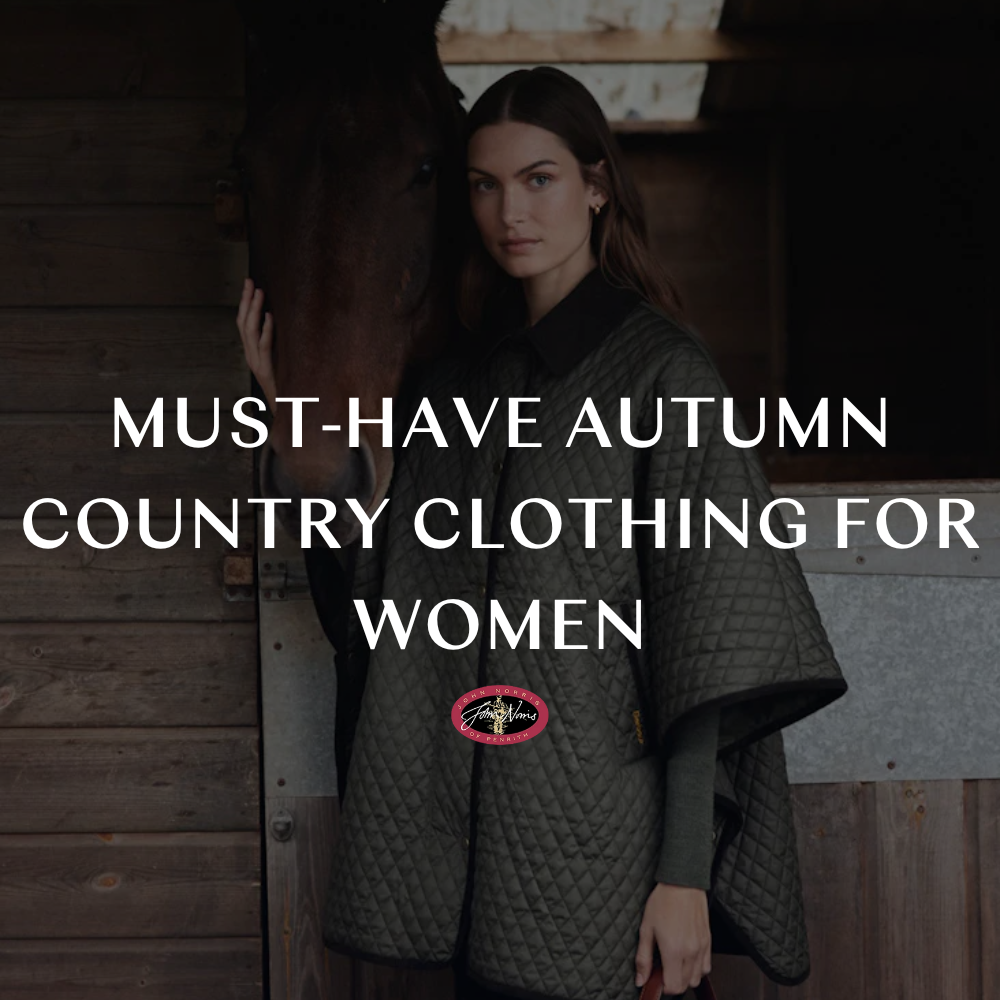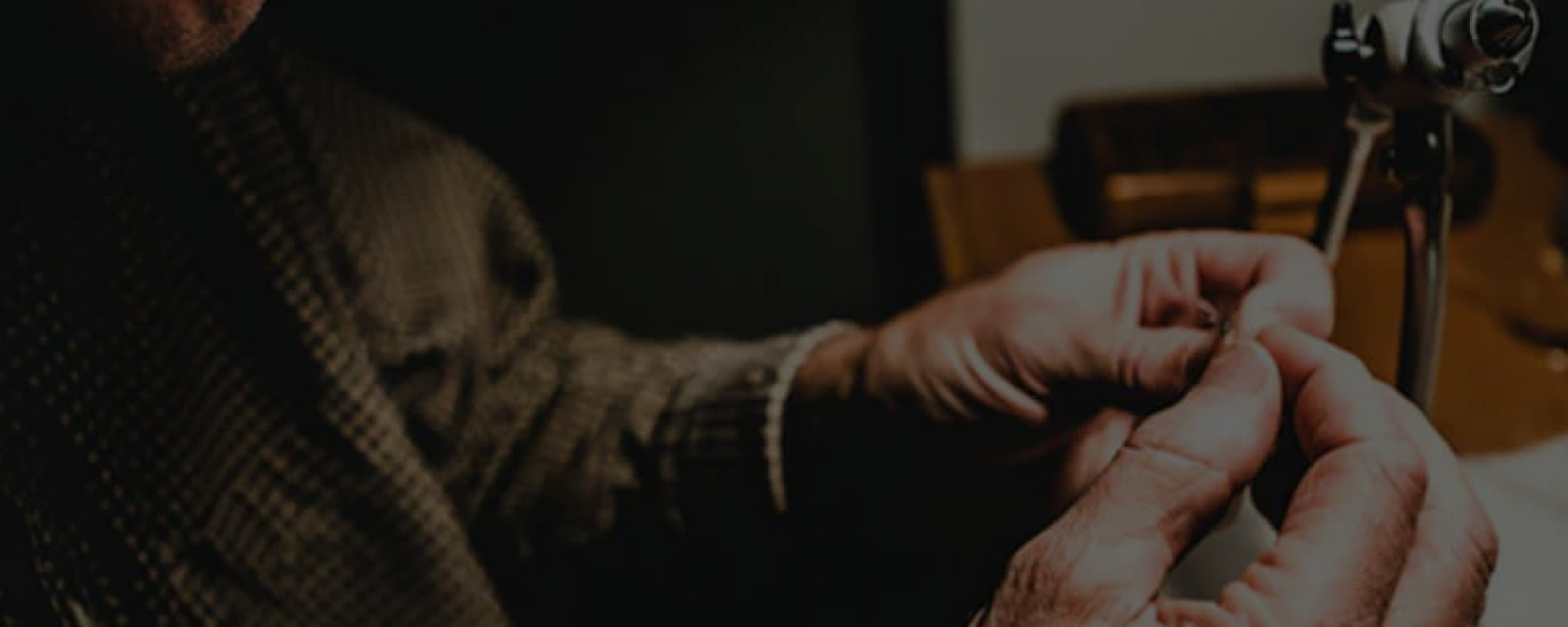Autumn Salmon Fishing
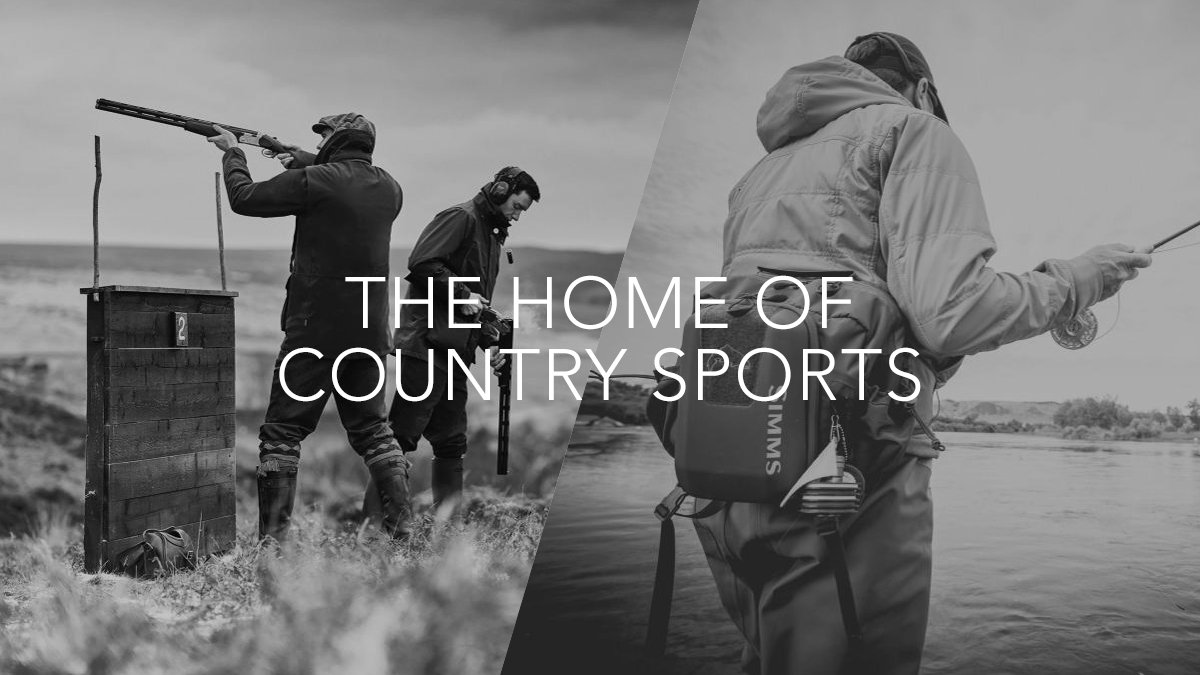
Like most things in life, luck is a big part of being a successful salmon fisherman. However, having a good feel and experience of the environment in which you are fishing will dramatically improve your chances. Read on to learn some of what you need to know about how to successfully fish for salmon in the autumn.
Why is autumn a good time for salmon fishing? Unlike other times of the year, autumn is a reliable season for salmon fishing. This is due to the fact that the increased rain raises water levels, which in turn encourage fish to run into rivers and streams from the estuaries. Generally speaking, the equinox of late September is the catalyst for a change in the weather, lower temperatures with strong winds and increased rainfall causing water levels to rise dramatically. The scent of the water encourages salmon from around the coast to swim inland, into the rivers and streams of their birth, ready to be caught. As the river level begins to fall and clear again, we will see the first salmon run of autumn begin to appear, and what a magnificent sight it is to see salmon porpoising up the river.
Fresh run vs. gravid fish When fishing for autumn salmon, it is important to make the distinction between fresh run and gravid fish. Fresh run fish that have just arrived from the sea and are therefore of a higher quality, they are of silver colour and firm. Whereas gravid fish, who have been in freshwater for some time and starting to show their spawning livery have used a lot of energy developing eggs/milt and are less suitable for eating. Unfortunately, there is no way of knowing until you have caught the fish whether or not it is fresh run or gravid. The best thing to do if you catch a gravid fish is to simply release it again.
Fishing tackle for autumn salmon fishing Autumn fishing tackle is very similar to spring fishing tackle. You will need the following:
A double handed fishing rod of 14-16 feet, with a line rating of around 10
A fishing reel with 150 yards of rot proof backing
A fast and slow intermediate fly fishing line
A floater for sink tips of various densities and lengths, to be attached to a loop system or a multi-tip fly line
Choosing the right flies Successfully fishing for salmon involves experimenting with different patterns of fly. Most patterns will work effectively, however, it is how the fly is presented and fished effectively that counts. Getting the right fly for autumn salmon fishing depends on several factors, which include the flow and depth of the river. If you are fishing in a river with a heavy flow, you should use as fast, intermediate fly-line and a fly with a bit of impact. Go for bright colours, with black, orange and yellow hair wings tied on aluminium tubes and Waddington's of about three inches. Slower and clearer waters flies usually doubles around size 8 –12.
Casting If the condition of the river is high with colour in the autumn, fish will generally be swimming close to the bank, which is an easier route for them to take. Therefore, casting squarely across the river would be pointless. Casting in this manner will mean that before the fly has reached the required fishing depth, it will be swept away and travelling too fast by the sheer force of the current. It is much better to cast at a shallow angle, mend some and keep a few yards of slack. This means that the fly has a greater chance of reaching near the bottom of the river, pay plenty of attention to fishing the fly for longer on the dangle. Make sure to keep the rod at a right angle to the bank and the fly line under tension, as this will ensure that the line can be guided slowly back toward the bank. A good tip when the water height is a little lower and clearer is to take the normal one cast one pace down the pool, then throw a square cast every forth or fifth cast and strip, which will return quickly with the aid of the current. This will not only give the chance to attract fish that are at the normal level, but also those which may travel a little higher in the water.
Local knowledge Having knowledge of the river you are fishing and the surrounding area will help you to fish more effectively. For example, where the fish lie for a short and long period of time will depend on different water heights, knowing this will give you an advantage when fishing for autumn salmon.
Thanks to Glyn Freeman of Cumbria Fly Fishing for this useful article.



